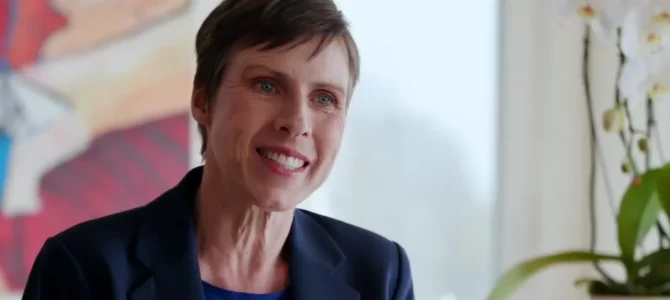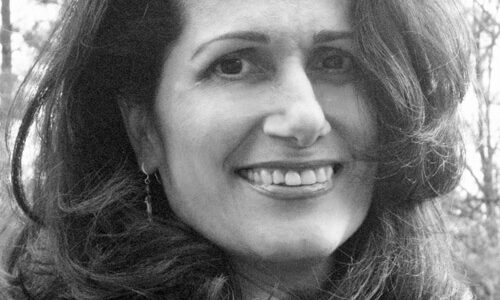Morning and Evening Grounding Exercises



I’ve noticed a growing trend in psychotherapy where people often confuse self-care with selfishness. While it’s true that we can’t pour from an empty vessel, this doesn’t mean that once we fill our own cup, we should ignore the needs…

Multiculturalism in the 21st Century It’s rather strange that it had taken some 9,000-10,000 years (according to present knowledge and historical records) since we emerged from our villages and towns, to finally witness the planet from afar, as one singular…

Thank you, Rene V. Steiner, for this post “What we see is never raw reality, pure as spacetime — what we see is our interpretation of reality, filtered through the lens of our experience and our conditioned worldview. Always,…

Meditation . . . while you meditate you are speaking with your own spirit. In that state of mind, you put certain questions to your spirit and the spirit answers: the light breaks forth and the reality is revealed. You…

Love that comes from our Ego VS Divine Love “You cannot give love in order to get it. Doing that is as much as saying you do not now have it. And that statement will, of course, be your reality.…